Endothelial Notch activity promotes angiogenesis and osteogenesis in bone
- PMID: 24647000
- PMCID: PMC4943529
- DOI: 10.1038/nature13146
Endothelial Notch activity promotes angiogenesis and osteogenesis in bone
Abstract
Blood vessel growth in the skeletal system and osteogenesis seem to be coupled, suggesting the existence of molecular crosstalk between endothelial and osteoblastic cells. Understanding the nature of the mechanisms linking angiogenesis and bone formation should be of great relevance for improved fracture healing or prevention of bone mass loss. Here we show that vascular growth in bone involves a specialized, tissue-specific form of angiogenesis. Notch signalling promotes endothelial cell proliferation and vessel growth in postnatal long bone, which is the opposite of the well-established function of Notch and its ligand Dll4 in the endothelium of other organs and tumours. Endothelial-cell-specific and inducible genetic disruption of Notch signalling in mice not only impaired bone vessel morphology and growth, but also led to reduced osteogenesis, shortening of long bones, chondrocyte defects, loss of trabeculae and decreased bone mass. On the basis of a series of genetic experiments, we conclude that skeletal defects in these mutants involved defective angiocrine release of Noggin from endothelial cells, which is positively regulated by Notch. Administration of recombinant Noggin, a secreted antagonist of bone morphogenetic proteins, restored bone growth and mineralization, chondrocyte maturation, the formation of trabeculae and osteoprogenitor numbers in endothelial-cell-specific Notch pathway mutants. These findings establish a molecular framework coupling angiogenesis, angiocrine signals and osteogenesis, which may prove significant for the development of future therapeutic applications.
Conflict of interest statement
The authors do not declare competing financial interests.
Figures

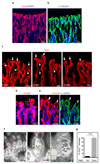
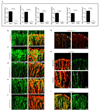
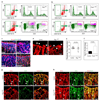
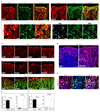
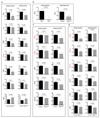


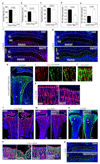
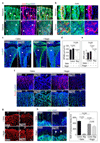
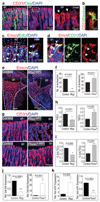



Comment in
-
Bone. Formation of blood vessels in bone maturation and regeneration.Nat Rev Endocrinol. 2014 May;10(5):250. doi: 10.1038/nrendo.2014.28. Epub 2014 Mar 18. Nat Rev Endocrinol. 2014. PMID: 24637855 No abstract available.
-
Bone biology: Vessels of rejuvenation.Nature. 2014 Mar 20;507(7492):313-4. doi: 10.1038/nature13210. Epub 2014 Mar 12. Nature. 2014. PMID: 24646993 No abstract available.
References
-
- Eshkar-Oren I, et al. The forming limb skeleton serves as a signaling center for limb vasculature patterning via regulation of Vegf. Development. 2009;136:1263–1272. - PubMed
-
- Benedito R, et al. The notch ligands Dll4 and Jagged1 have opposing effects on angiogenesis. Cell. 2009;137:1124–1135. - PubMed
-
- Noguera-Troise I, et al. Blockade of Dll4 inhibits tumour growth by promoting non-productive angiogenesis. Nature. 2006;444:1032–1037. - PubMed
Publication types
MeSH terms
Substances
Grants and funding
LinkOut - more resources
Full Text Sources
Other Literature Sources
Medical
Molecular Biology Databases

